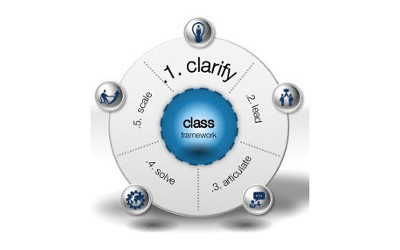In my last post, I introduced the CLASS framework. Five steps, that when followed, will increase the likelihood of a successful demand response program at scale.
Step one in the CLASS framework is CLARIFY. As with anything you do, personal or professional, for it to deliver sustained success, your why must be clear and compelling.
Lawrence Berkley National Laboratory recently published a potential demand response study, within which they identified four reasons why you should consider demand response. To date, this is the best categorisation I have seen to help you clarify your why.
What demand response programs you embark on will change over time, but your reason why should not. When I first started out, the focus of our demand response efforts was on the deferral or avoidance of future generation assets. Years later this moved onto how demand response can be used to manage location-specific network constraints. These are two very different demand response programs. However, the why was always the same – to reduce the cost of electricity to all consumers.
In step three of the CLASS framework I talk about the need to articulate your story to stakeholders. For consumers and the communities you serve to buy into your story, your why must be authentic. Unfortunately, in many parts of the world, consumers do not trust that their energy provider has their best interests at heart, so this is an uphill battle. Without trust, what is the reason they would partner with you and reduce their energy consumption at a time when they need it the most? Consumers often think they are being asked to reduce their energy usage due to poor grid management by the utilities over the years. Others believe demand response rewards wealthy consumers who have high energy use and places vulnerable energy users at risk.
Many consumers do not care about earning a few extra dollars if it would mean having to remember to change their behaviour at certain times, or handing over control of their home appliances and devices to their Utility. However, if those same people understood that by reducing their consumption, their efforts were helping avoid investments in infrastructure that in turn would reduce, or at the very least slow down the increase in the costs of energy to everyone, you may experience a very different outcome.
Your challenge is to be authentic and act with integrity. Where consumers have actively participated in demand response programs, you need to ensure those savings are passed on to your consumers by way of downward pressure on the rates they should pay. Show your consumers that their actions have had a direct impact on the deferral or avoidance of expensive infrastructure investments.
Does your demand response program have a clear and compelling why that places consumers and the communities you serve at its heart?
To keep up-to-date with my latest articles, subscribe to my blog in the footer below.
My best-selling book, ‘The Digital Utility’, is available for purchase here.
